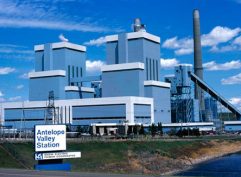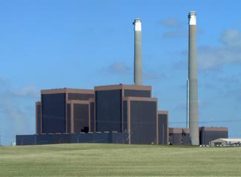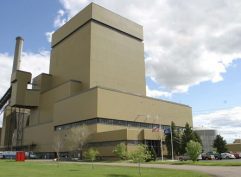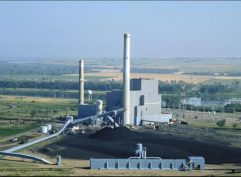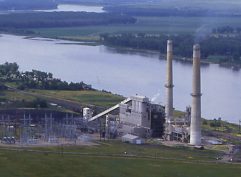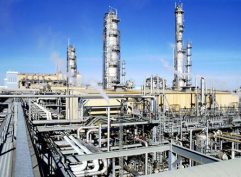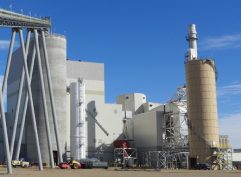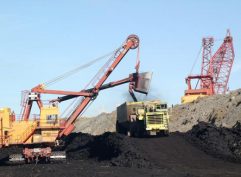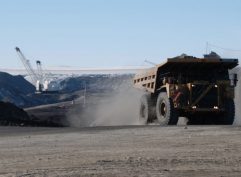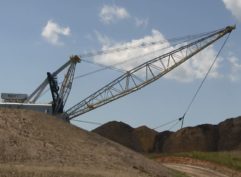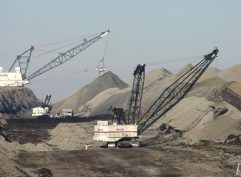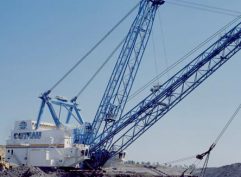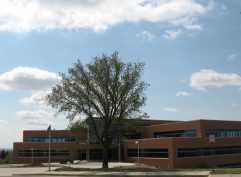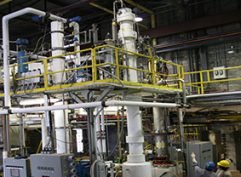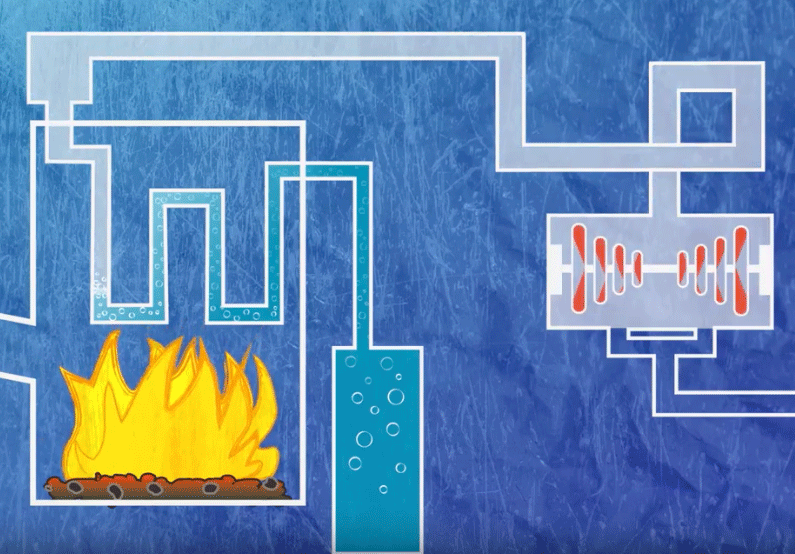Statement from LEC president & CEO: Importance of resilience
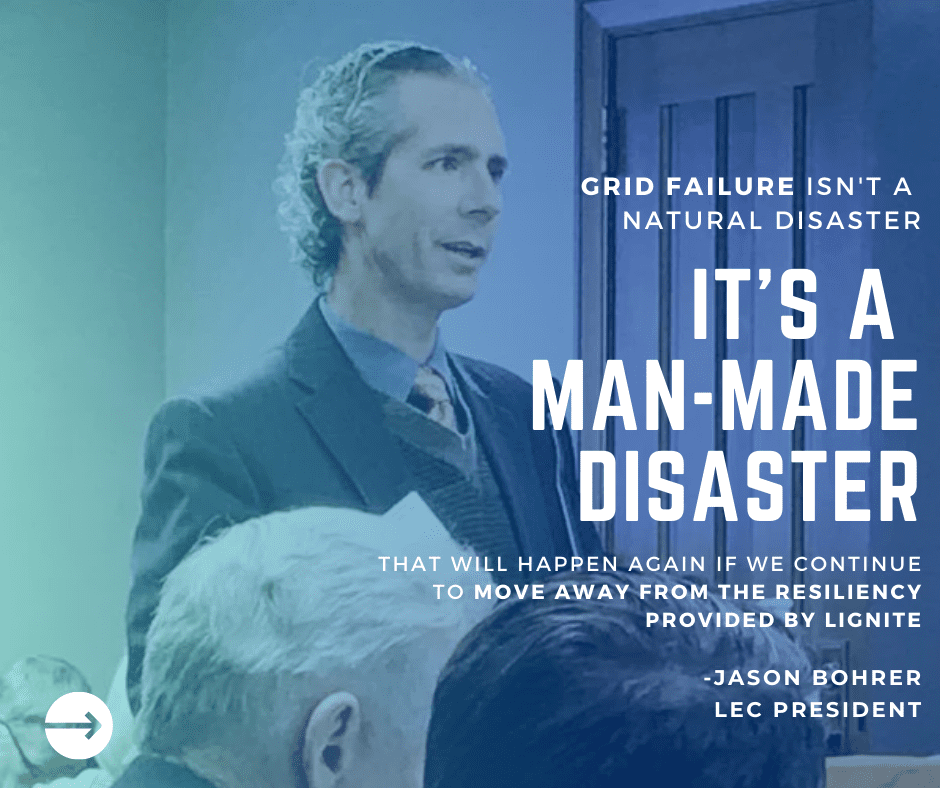 We’ve talked a lot about “resilience” in the past few years, and it’s sometimes hard to describe exactly what it is. We know “baseload” power is power that is available 365 days a year, 24 hours a day, 7 days a week, regardless of weather. We have traditionally put coal, nuclear, hydro and natural gas in that space. Then, there are intermittent resources, like wind and solar, that depend upon the weather to produce power. It’s kind of a cliché at this point, but we can’t count on intermittent sources to produce electricity at all times because the wind doesn’t always blow and the sun doesn’t always shine.
We’ve talked a lot about “resilience” in the past few years, and it’s sometimes hard to describe exactly what it is. We know “baseload” power is power that is available 365 days a year, 24 hours a day, 7 days a week, regardless of weather. We have traditionally put coal, nuclear, hydro and natural gas in that space. Then, there are intermittent resources, like wind and solar, that depend upon the weather to produce power. It’s kind of a cliché at this point, but we can’t count on intermittent sources to produce electricity at all times because the wind doesn’t always blow and the sun doesn’t always shine.
Over the past few years, however; we’ve added the attribute of “resilience” to our vocabulary. Resiliency is the ability of a resources to respond to unexpected and significant events; things like a polar vortex. While its well known that intermittent resources, which are weather dependent, can’t be resilient we are also learning that “baseload” does not necessarily equal “resilient”.
So if you are wondering what resilience is, simply put, it is allows you to watch news coverage of a massive winter weather event on your TV, in your warm house, while your cell phone charges without any electricity interruptions – even if you live in Texas or in the vast swaths of the Southwest Power Pool (SPP).
Texas has relied upon an abundance of wind – which is weather dependent and not resilient – and natural gas—which can be a baseload resource and was thought to be a resilient backup for wind – to power its grid. Essentially, Texas’s power grid is its own piece of infrastructure, separate from power generation in other states. And, Texas has done a generally good job of matching wind with dispatchable resources, like natural gas, to increase the stability of its grid.
However, when faced with an extreme weather event, we saw a couple of things happen that should not be surprising.
- First, we saw that wind, to a large degree, performed as expected—as a non-resilient, weather-dependent resource. This is at least partially due to the fact that Texas’s wind turbines did not have insulation that is commonplace in other areas and despite such insulation being urged in recent years by Texas’s regulatory bodies.
- Second, we saw demand for electricity increase. This is easy to understand: as it gets colder, people turn up the thermostats.
- Finally, we saw thermal resources struggle due to the same types of failures that affected the wind turbines: equipment failures due to inadequate cold weather equipment investments. In fact, natural gas actually struggled to meet its expected generation more than wind did, but neither demonstrated true resilience like lignite does.
(FYI, the natural gas situation in Texas is much more complex than I’m saying here—there is a link between home heating and power plant supply that’s much more than I want to get into today, so I’m simplifying a bit while hitting the major points.) In many cases, the cooling water intake froze because power plants had not made the appropriate investments to prevent it.
However, the fact that rolling blackouts have stretched across Texas, and throughout the Southwest Power Pool footprint, means that the small number of unsurprising elements have added up to something that has huge implications for the energy industry. It’s unconscionable that in the most technologically advanced nation in the world people are dying due to power outages caused by cold weather. And it’s as expected that hot takes include “this is why we need the green new deal” as if adding more non-resilient power would solve the situation. It would be more accurate to say that if SPP had added the same amount of lignite resources instead of wind over the past decade that it would not have had the difficulties it did. But both approaches sell the complexity of the solution short. Cheap natural gas, federal incentives and public opinions shape energy policy and fuel deployments, but there is very little focus on attributes like resilience, and yet fixing this problem begins there. If Congress asks for carbon dioxide-free resources, the public should demand resilient carbon-dioxide free resources—and Congress should respond by enhancing incentives like 45Q and 48A.
When the snow-dust settles from this crisis, we will have learned these things:
- this was not an unexpected outcome of a severe winter event,
- this was not a matter of renewable vs. fossil or which is better,
- this was instead a matter of resilient vs. non-resilient, and the inability, unwillingness or refusal of policy makers to address and encourage resilience, and finally,
- lignite is one of the nation’s most resilient resources.
For those of you blessed to be getting your power in the footprint of a lignite plant, thank God for that blessing and thank a coal miner for your lights, heat and quality of life.


